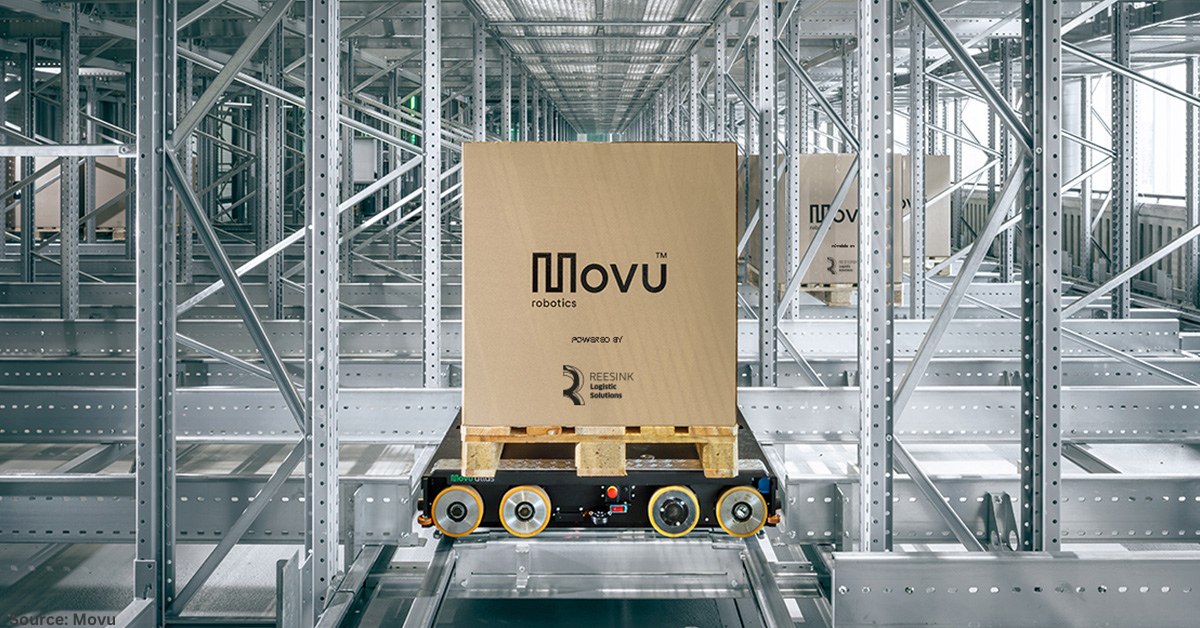Supply Chain Channel caught up with Simith Nambiar, Practice Lead of Emerging Technologies at Rackspace Technology, for his insights on how the industry can better leverage emerging tech for data-driven manufacturing.
There is an unmanageable amount of data being generated on the factory floor as Australian manufacturers continue to adopt new technology and rapidly scale production to meet today’s complex environment. With ongoing supply chain issues set to disrupt operations further, there’s a concerning amount of essential data that is largely locked in silos or being lost altogether.
Simith is a technology enthusiast with extensive experience in conceptualisation, development and deployment of digital and IoT (Internet of Things) products. His areas of expertise include digital transformation, product management, quick prototyping and application design & development.
Prior to joining Rackspace, Simith was the Senior IoT Solutions Architect – Professional Services at Amazon Web Services (AWS) Singapore, as well as Solutions Analyst, Smart Homes and IoT at Swann Communications in Melbourne.
In this interview, Simith discusses how manufacturers can implement practical solutions using emerging tech to drive better results in their factory operations.
What is data-driven manufacturing and how is it transforming the industry?
Simith: Data-driven technology provides plant operators visibility into the performance of critical assets and the end-to-end manufacturing process as a whole. Factory floor operators are now empowered with real-time metrics, KPIs and trends that can help increase production output and efficiency and reduce downtime and defects on the floor.
How can manufacturers use data to drive productivity, overall equipment effectiveness and profitability in factory operations?
Simith: Data-driven manufacturing will open the door for manufacturers to produce products faster, while allocating resources more efficiently and cost-effectively. Enhanced real-time data, through machine monitoring and decision-making, will mean production lines will experience less downtime and enhanced effectiveness to deliver better customer experiences.
There is a concerning amount of untapped data that remain locked in silos. Why is this a problem and how can companies begin to unlock their data silos?
Simith: As data volume, variety, and sources quickly increase, businesses struggle to manage and liberate data from the factory floor. Businesses are missing vital data and, thereby, the ability to generate meaningful insights.
Hence, the first step manufacturers must embark on is to liberate the data from the factory floor. Once the data is in an industrial data lake, this can provide the foundation for executing use cases around predictive maintenance, anomaly detection and other machine learning-based use cases.
By adopting prebuilt solutions that connect and collect data in real-time from disparate systems, ingest it into the cloud and empowering the factory floor personnel with dashboards to analyse trends, operational teams can effectively transform untapped data into valuable insights.
As manufacturers begin their data-driven transformation, what key considerations should be on their list in choosing the right emerging technologies for their operations?
Simith: Look for a solution that builds the foundation of a connected factory by selecting the sensors and hardware that enable data collection within plant operations. Through emerging tech like artificial intelligence, manufacturers can develop a secure cloud landing zone that collects, analyses and stores data in real-time. Successful implementation of predictive maintenance requires using the specific data collected from all machine sensors and then applying machine learning to enable highly accurate predictions.
Similarly, what challenges should they expect to see during this transformation?
Simith: The manufacturing industry faces challenges, ranging from a lack of supply chain visibility and collaboration to skills shortages and siloed data. Additionally, today’s always-connected, fast-moving customers drive companies to make the right choices in their digital transformation journey. To meet the needs of the future and evolving industry, manufacturers need to adopt the right data solutions, or they risk being left behind.
Australia has a high proportion of small manufacturers. With a limited technology budget, what advice can you give as they begin their digital transformation?
Simith: Manufacturers must set a bold vision to transform, and there is a need for leadership commitment to achieve that vision. Manufacturers can take a phased approach to execute their vision, and in the process they need to empower their employees with the right tools and processes to achieve the best business outcomes.























































Follow us on social media